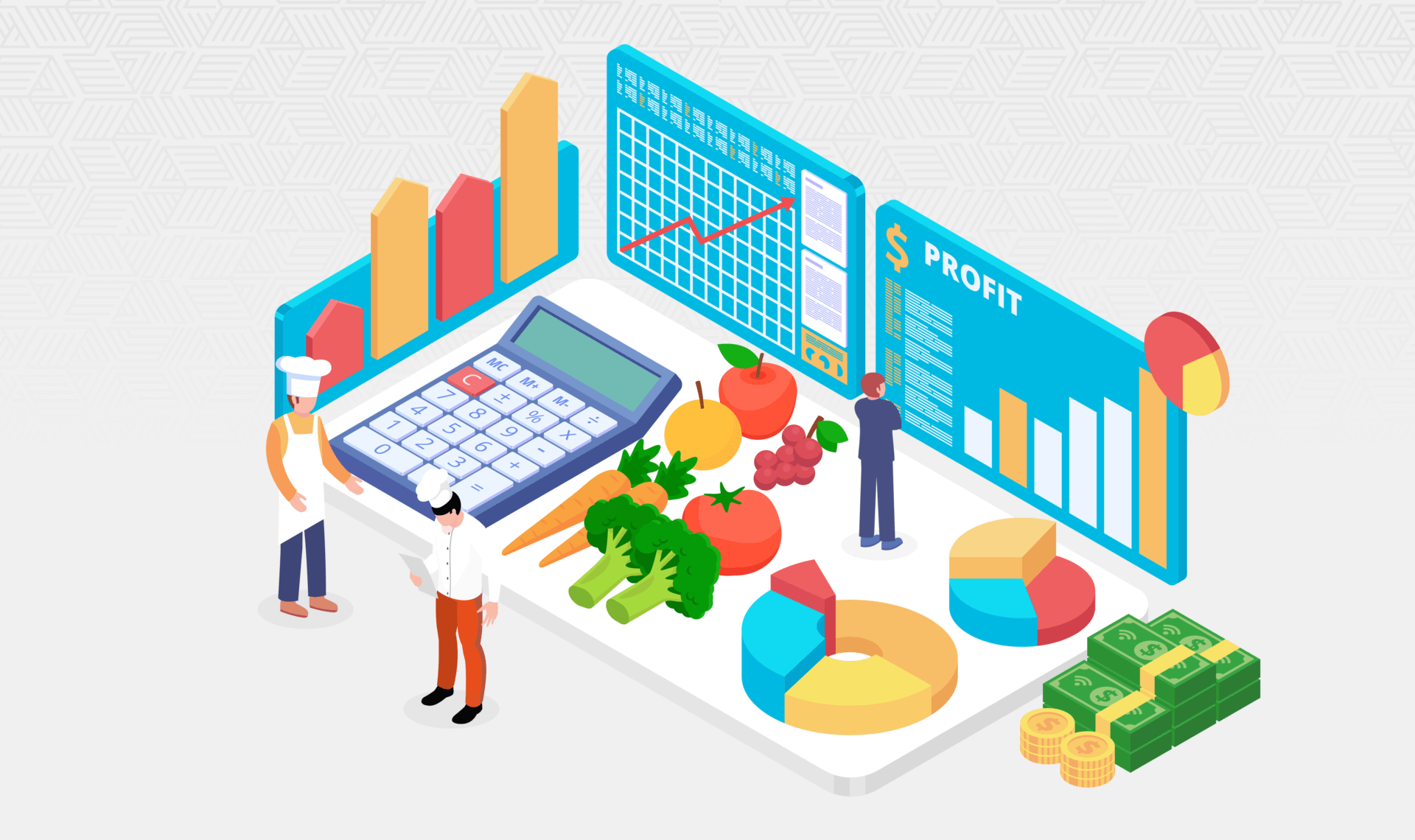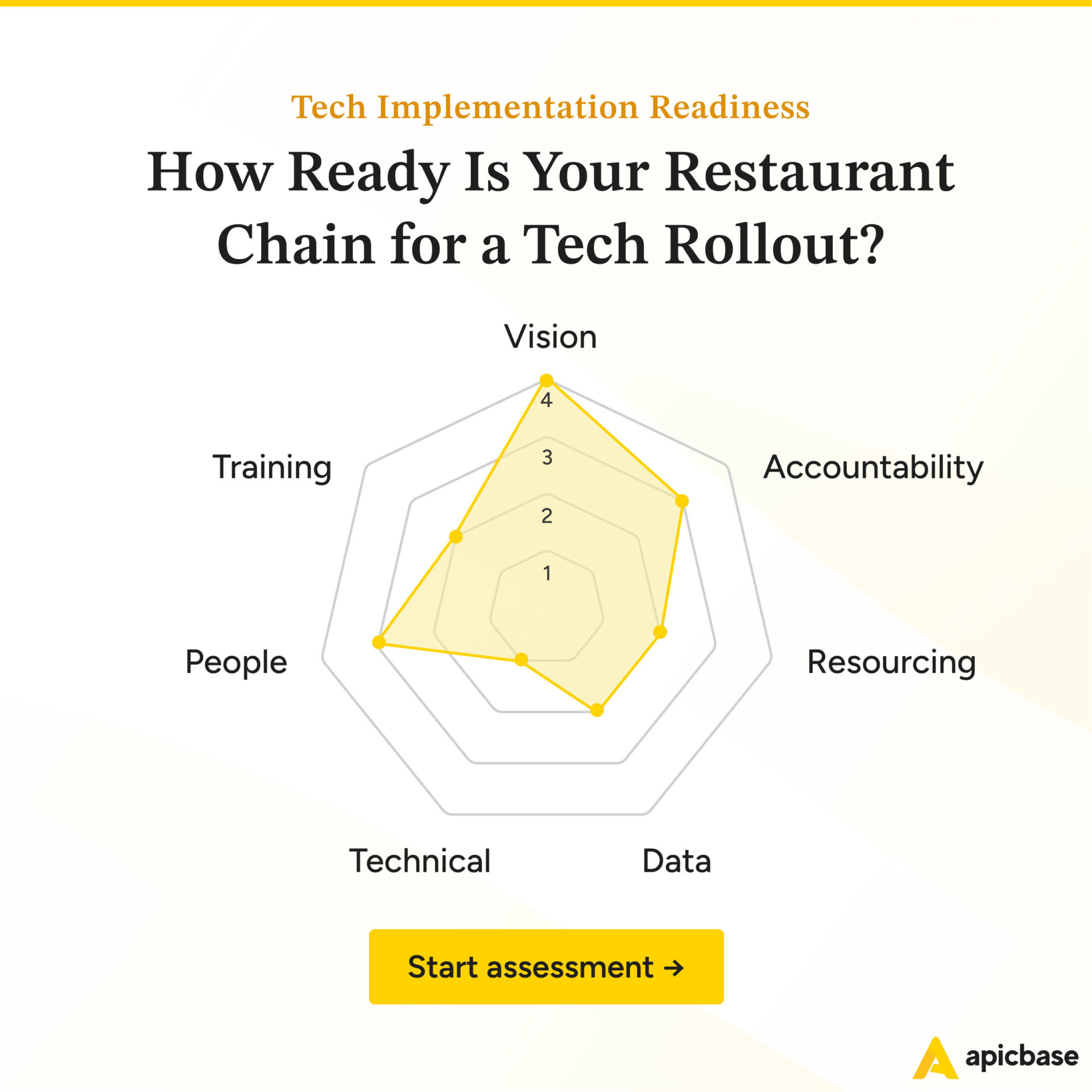Whether you make it or break it ultimately depends on how expertly you can control your food cost.
Whether you’re managing a chain of exclusive restaurants… a dozen hotel eateries… or an award-winning catering service… And how expertly you control food costs ultimately comes down to how expertly you control your food inventory.
That’s why, in this post, I’ll talk about two crucial (and actionable) restaurant inventory metrics:
1. Inventory Turnover Ratio (ITR) – this metric measures how rapidly your inventory sells — how many times you’ve sold and replaced your entire food stock in a given timeframe (a year, a month, or a week), and;
2. Days’ Sales in Inventory (DSI) – this one tells you how many days (on average) your food inventory sits on the shelves. Basically, it’s a number that tells you how many days worth you’re left with at the end of a given timeframe.
These restaurant metrics are similar and, for the sake of simplicity, you can pick one and run with it. But using them together will give you a clearer idea of how well you’re managing your inventory (and, by extension, your food and total operating costs).
Tight inventory control is important because having food that sits for too long on the shelves is one of the most expensive things that you can have in the restaurant industry.
It creates excessive waste, contributes to over-portioning, and even encourages theft.
Below, I’ll show you how you can check if you’re running a lean operation that doesn’t have unnecessarily large amounts of money trapped in perishable products.
First, we’ll take a look if your ITR falls within industry averages. If it doesn’t, I’ll show you how to calculate your DSI, which will tell you if (and where) there’s room to improve your Restaurant Inventory Management Practices. Let’s dig in.
How to Calculate Your Restaurant’s Inventory Turnover Ratio (ITR)
Inventory turnover ratio is a simple enough calculation that goes like this:
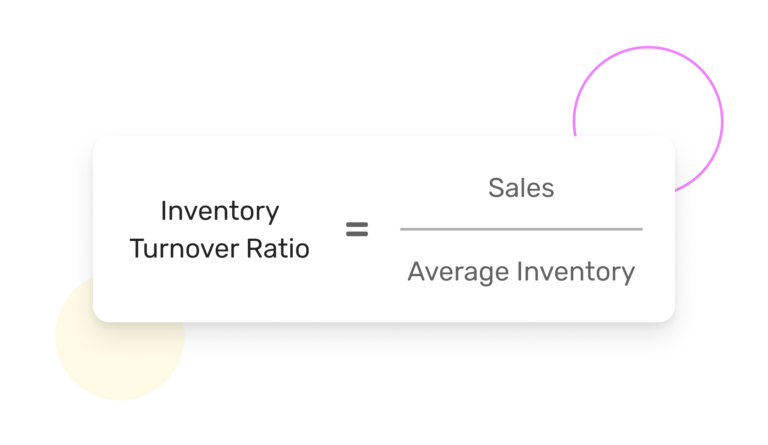
To get to it, you need two things:
- Cost of Goods Sold – We suggest using CoGS for a predetermined period instead of net sales (although you can use both, and;
- Average Inventory – This is beginning inventory (for a period, usually month or year) + ending inventory for the same period/two.
Let’s do a bit of back-of-the-napkin math to see how this looks in practice (if calculated monthly):
- June 2020 CoGS = $150,000
- June beginning inventory = $20,000
- June ending inventory = $12,000
ITR = $150,000 / [($20,000+$12,000)/2] = $150,000 / $16,000 = 9.375
This is a good monthly ITR for a restaurant, although it’s a bit on the high side if we’re talking about a single unit operation. It means that the restaurant completely sells out its food stock nine times in a month, (so once every three days the industry average is between 4 and 8.
If your ITR is too high, this might indicate that you frequently run out of ingredients and have to 86 a menu item (which is never a good thing). However, if your ITR is too low (below four), this is a sign that you’re carrying excessive stock that will spoil and drive up your food cost.
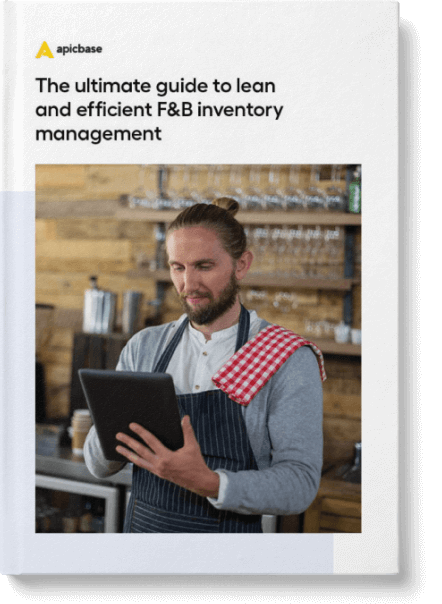
Get the Ultimate Guide to Lean and Efficient F&B Inventory Management
A step-by-step guide for hospitality professionals to manage their Inventory.
How to Calculate Your Restaurant’s Days’ Sales in Inventory (DSI)
Inventory turnover ratio is a quick and easy calculation you can use as a litmus test to see if you need to dig deeper into your inventory, stock, and ordering practices. If the ITR is too high, it’s time for the Days’ Sales in Inventory calculation, which will reveal a dollar amount of excess food you’re carrying.
The calculation for days’ sales in inventory is as follows:
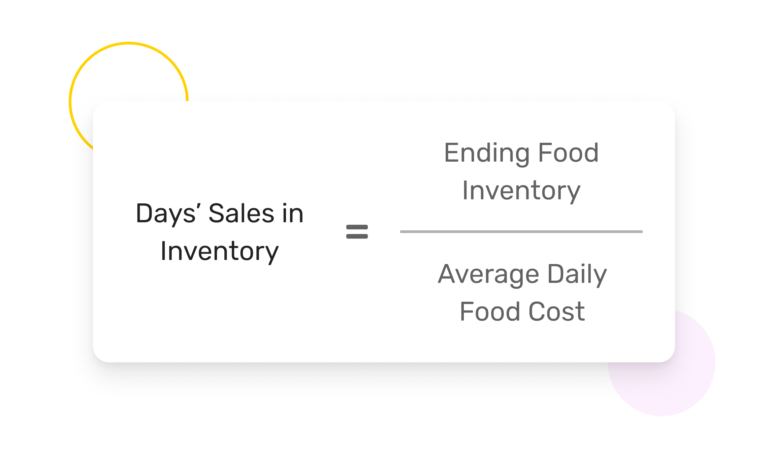
Calculating it is a two-step process, as you will see in the example below (calculated weekly):
- Number of days in the period = 7
- Ending food inventory (balance sheet) = $7,000
- Food cost (profit $ loss statement) = $8,000
First, we calculate the daily average food cost: $8,000 / 7 = $1,142
DSI = $7,000 / $1,142 = 6,12
What does this mean?
It means that in this specific case, at the end of this particular week, the restaurant had 6 days worth of food on hand. If you’re ordering your food two times per week, this is a good number to aim for. It means that you carry just enough food to get you through to your next delivery (with a small buffer built in for delays and partial deliveries).
Once you identify that you’re carrying too much days-worth of food on hand (in most operations, anything over 10 is excessive), you can do something about it.
Like audit all your stock, identify surplus ingredients and make a note not to order them again until you actually have to.
Immediately, your food cost will go down because you’ll be wasting less, instead focusing on using up your actual sitting inventory before it spoils and ends up in the rubbish bin.
Calculate Weekly – Or Let Apicbase Take Care of Things for You
Once you get into that weekly inventory analytics groove (and earn you ITR and DSI black belts), you will easily spot discrepancies that are driving up your food cost.
Once you spot them, you can deal with them through small, incremental ordering adjustments. And as you shave off excess stock, keeping to exact ingredient par levels will become a lot easier (and you won’t overstock or have to 86 a menu item).
That said… restaurant inventory management is not an exact science — and food cost is a slippery, eely beast at best. To get as close as possible to stock par level Holy Grail (and not even have to deal with ITR and DSI), you need to think about automation and digitalization.
That’s where Apicbase can help. For more information about our flagship modules — Inventory Management & Procurement — get in touch and talk to one of our specialists. It’s quick, easy, and you get to pick the time and the date.
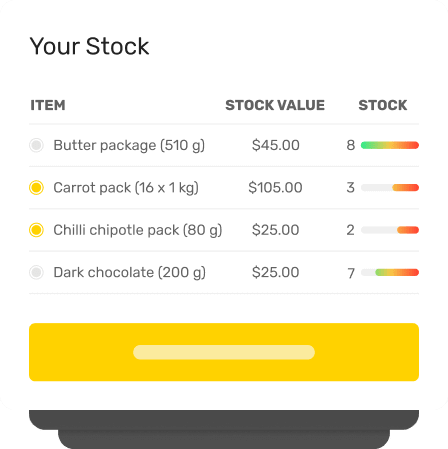
Schedule a demo today
In less than 30 minutes, you’ll discover how restaurant inventory management software boosts your business margins and protects growth.

